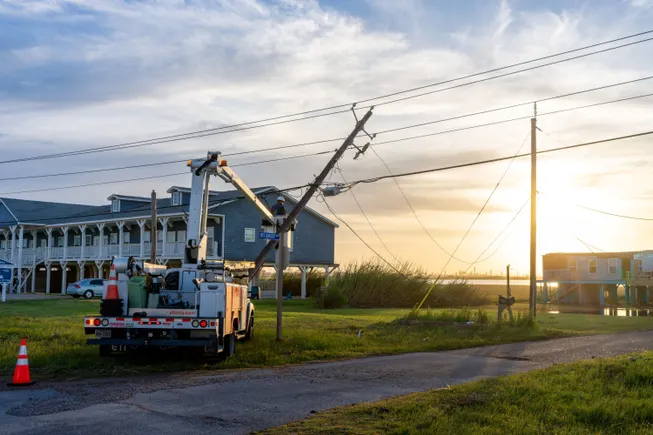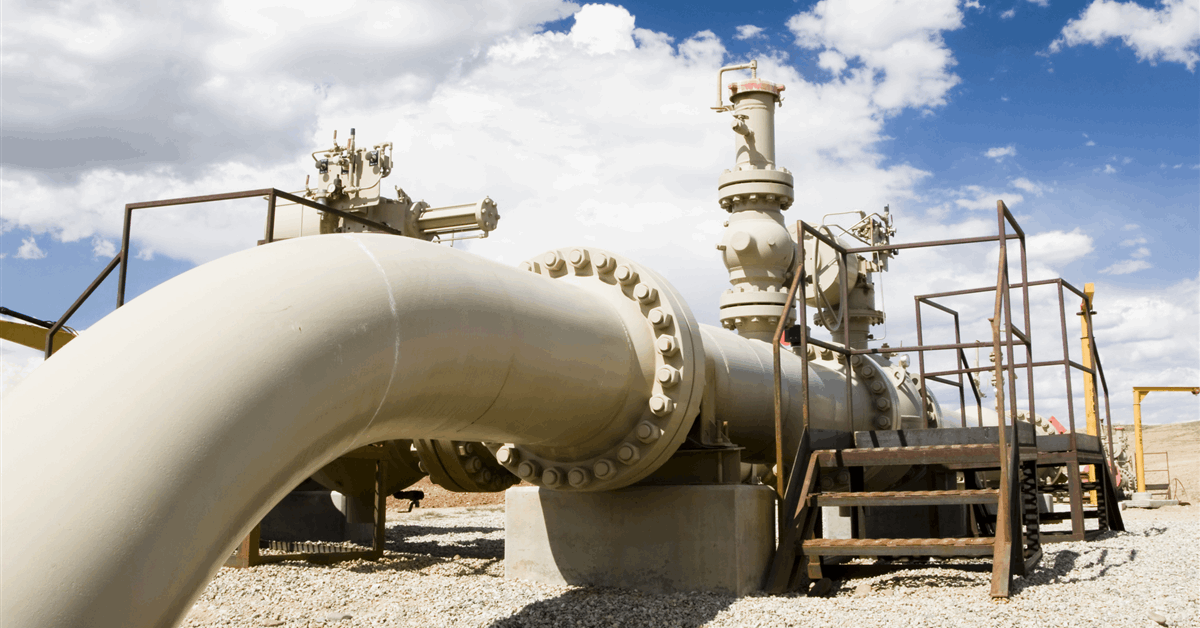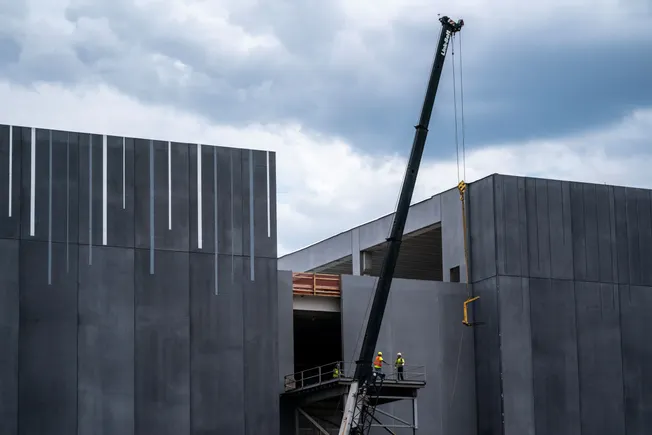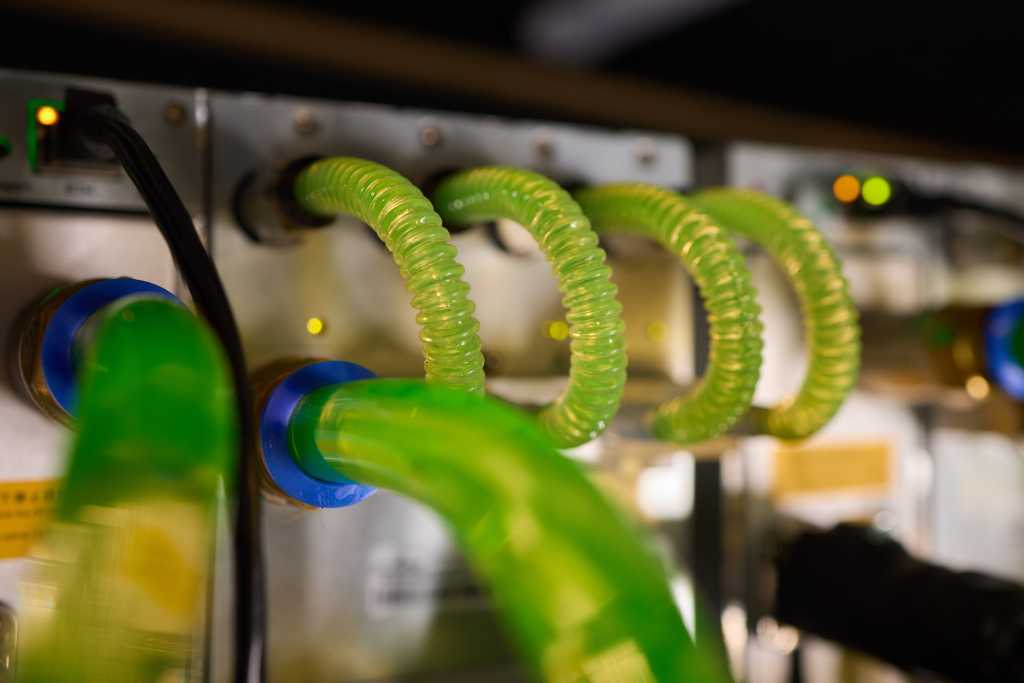
According to its latest short term energy outlook (STEO), which was released on January 14 and completed its forecast on January 9, the U.S. Energy Information Administration (EIA) expects the U.S. retail regular gasoline price to drop this year and next year.
In its January STEO, the EIA projected that the retail regular gasoline price would average $3.20 per gallon in 2025 and $3.02 per gallon in 2026. The retail regular gasoline price averaged $3.31 per gallon in 2024, the EIA’s January STEO showed.
According to a quarterly breakdown included in the STEO, the EIA forecast that the retail regular gasoline price would average $3.06 per gallon in the first quarter of 2025, $3.31 per gallon in the second quarter, $3.33 per gallon in the third quarter, $3.06 per gallon in the fourth quarter, $2.98 per gallon in the first quarter of 2026, $3.14 per gallon in the second quarter, $3.08 per gallon in the third quarter, and $2.85 per gallon in the fourth quarter of next year.
“U.S. retail gasoline prices in our forecast are mostly lower in 2025 and 2026 than they were in 2024, when the retail price averaged about $3.30 per gallon,” the EIA noted in its latest STEO.
“We forecast average U.S. gasoline prices in 2025 will decrease by more than 10 cents/gallon on an annual basis, down about three percent from 2024. In 2026, we forecast a further decrease of almost 20 cents/gallon, or an additional six percent,” it added.
“Retail gasoline prices decreased in both 2023 and 2024, after increasing substantially in 2022. On both a nominal and percentage basis, we estimate the price decreases in 2025 and 2026 will be smaller than the decrease between 2022 and 2023 (when prices fell 11 percent year on year),” the EIA continued.
The EIA stated in its January STEO that price decreases since 2022 have reflected both decreasing crude oil prices and narrowing refinery margins.
“In 2025 and 2026, we estimate refinery margins will remain relatively flat, but gasoline prices will continue to decrease with the price of crude oil,” the EIA added.
The EIA noted in its latest STEO that, this year, it expects lower refinery capacity will put some upward pressure on gasoline prices but added that it expects this pressure to be counteracted by lower crude oil prices.
“The lower inventories reflect a small increase in gasoline consumption in 2025, as well as reduced refinery production,” the EIA said in the STEO.
The EIA went on to state in the STEO that it estimates that retail gasoline prices will decrease in most U.S. regions during 2025. It noted that the exception is in the Rocky Mountains, “where [we] expect gasoline prices will be mostly unchanged from 2024”.
“In 2026, we expect retail gasoline prices in the West Coast to increase, though prices continue to decrease on the East Coast, on the Gulf Coast, and in the Midwest and Rocky Mountains,” the EIA said in the STEO.
“Higher West Coast prices reflect decreased regional gasoline production following the expected closure of Phillips 66’s Los Angeles refinery at the end of 2025. Higher Rocky Mountain prices reflect expectations for rising demand and ongoing regional capacity constraints,” it added.
In a release posted on its website in October, Phillips 66 announced plans to cease operations at its Los Angeles-area refinery in the fourth quarter of 2025.
“With the long-term sustainability of our Los Angeles Refinery uncertain and affected by market dynamics, we are working with leading land development firms to evaluate the future use of our unique and strategically located properties near the Port of Los Angeles,” Mark Lashier, chairman and CEO of Phillips 66, said in that release.
“Phillips 66 remains committed to serving California and will continue to take the necessary steps to meet our commercial and customer demands,” he added.
To contact the author, email [email protected]





















